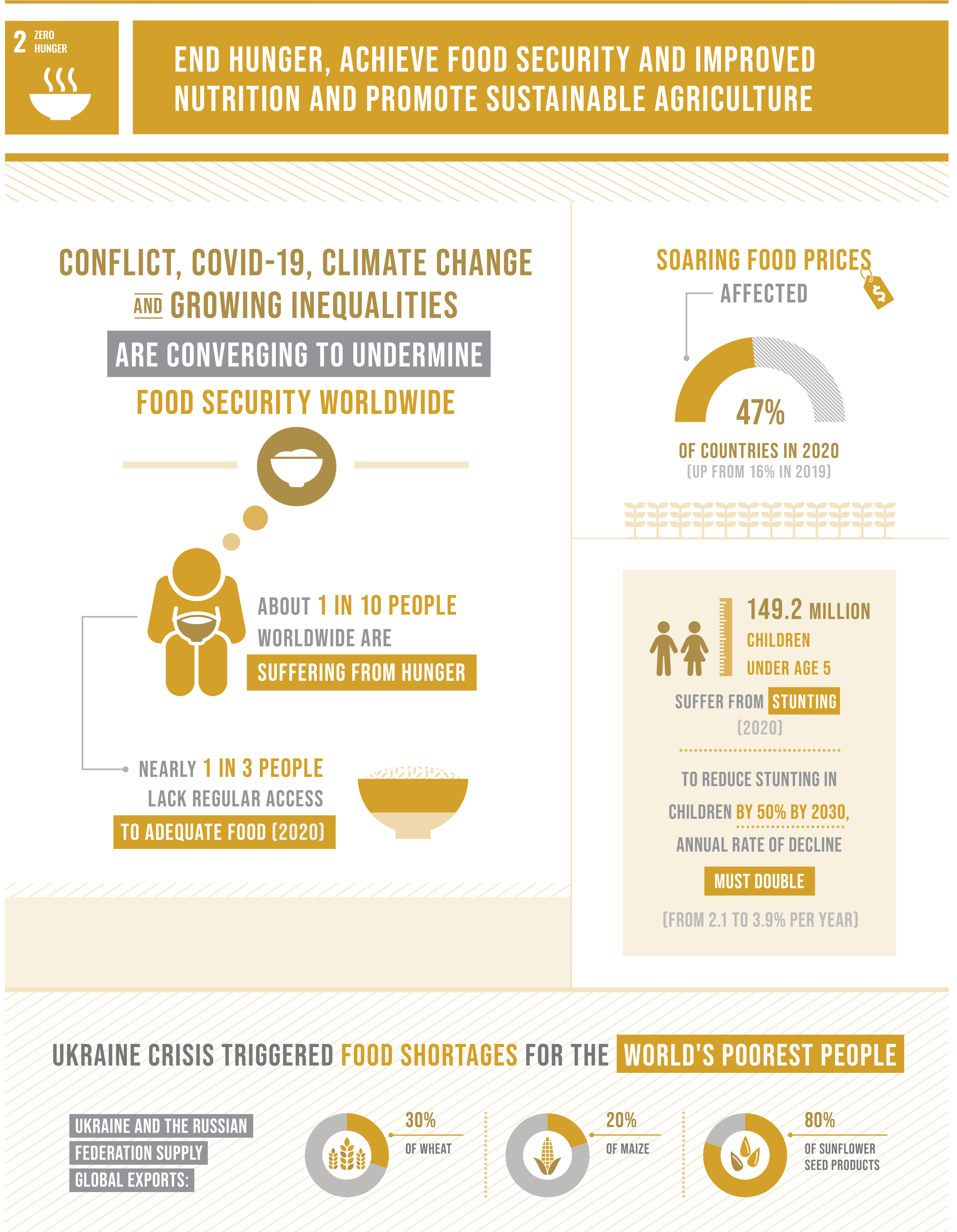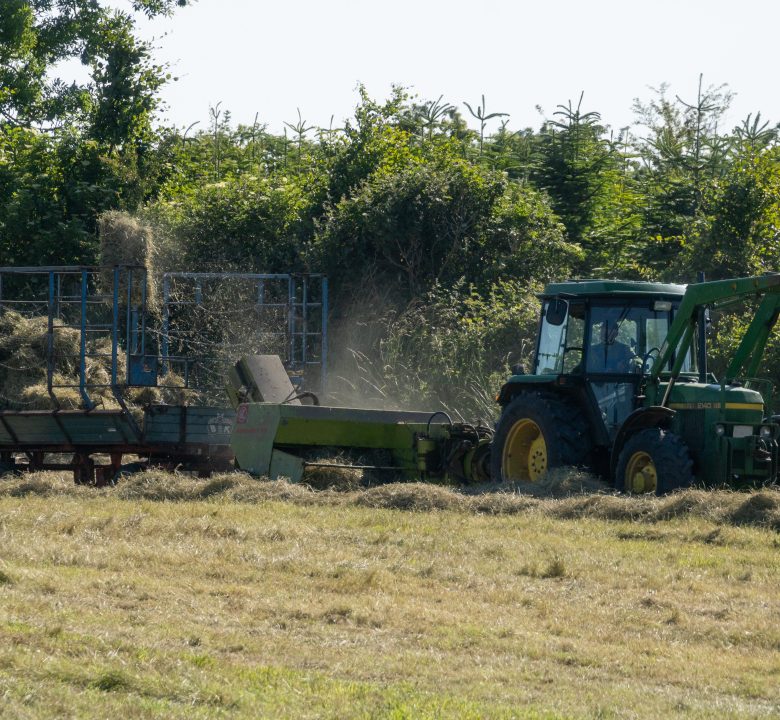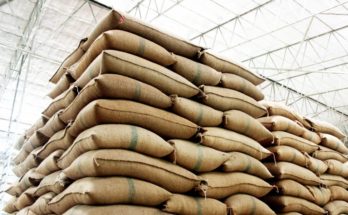Goal 2 – Zero Hunger
Goal 3 – Good Health and Wellbeing
August 16, 2022Goal 1 – No Poverty
August 16, 2022
Zero Hunger
TARGETS
2.1
By 2030, end hunger and ensure access by all people, in particular the poor and people in vulnerable situations, including infants, to safe, nutritious and sufficient food all year round
2.2
By 2030, end all forms of malnutrition, including achieving, by 2025, the internationally agreed targets on stunting and wasting in children under 5 years of age, and address the nutritional needs of adolescent girls, pregnant and lactating women and older persons
2.3
By 2030, double the agricultural productivity and incomes of small-scale food producers, in particular women, indigenous peoples, family farmers, pastoralists and fishers, including through secure and equal access to land, other productive resources and inputs, knowledge, financial services, markets and opportunities for value addition and non-farm employment
2.4
By 2030, ensure sustainable food production systems and implement resilient agricultural practices that increase productivity and production, that help maintain ecosystems, that strengthen capacity for adaptation to climate change, extreme weather, drought, flooding and other disasters and that progressively improve land and soil quality
2.5
By 2020, maintain the genetic diversity of seeds, cultivated plants and farmed and domesticated animals and their related wild species, including through soundly managed and diversified seed and plant banks at the national, regional and international levels, and promote access to and fair and equitable sharing of benefits arising from the utilization of genetic resources and associated traditional knowledge, as internationally agreed
2.a
Increase investment, including through enhanced international cooperation, in rural infrastructure, agricultural research and extension services, technology development and plant and livestock gene banks in order to enhance agricultural productive capacity in developing countries, in particular least developed countries
2.b
Correct and prevent trade restrictions and distortions in world agricultural markets, including through the parallel elimination of all forms of agricultural export subsidies and all export measures with equivalent effect, in accordance with the mandate of the Doha Development Round
2.c
Adopt measures to ensure the proper functioning of food commodity markets and their derivatives and facilitate timely access to market information, including on food reserves, in order to help limit extreme food price volatility
No Hunger
Food for All
The goal of “Food for All” is to ensure that all people, especially those in vulnerable and marginalized communities, have access to sufficient, safe, and nutritious food all year round. This requires a multi-faceted approach that includes promoting sustainable agriculture, reducing food waste, improving food systems, and providing social protection and support for the most vulnerable. Achieving this goal will require collaboration between governments, businesses, civil society, and individuals, as well as investment in innovative solutions to address the root causes of hunger.
Implementing these zero hunger goals will require a collective effort from governments, businesses, civil society, and individuals. If we work together and prioritize these goals, we can create a better future for all. To learn more about the SDGs and how you can get involved, visit the official United Nations’ Sustainable Development Goals website. You can also check out the World Food Programme to learn more about their efforts to end hunger and achieve food security.



